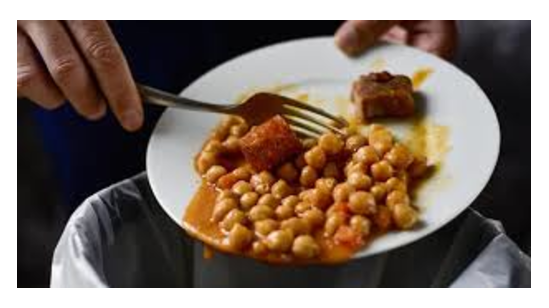SAVE FOOD, SHARE FOOD

WHAT IS IFSA
The Indian Food Sharing Alliance, (IFSA) is a social initiative by the Food Safety and Standards Authority of India (FSSAI) to help solve India’s food waste and hunger crisis by integrating various partner organizations, Food Recovery Agencies and NGO’s. Aims and Objectives Food Safety and Standards Authority of India (FSSAI) plays a key role not only in food safety and hygiene but also in ensuring availability of wholesome food and encouraging citizens to eat the right foods. Therefore, the aim of FSSAI via IFSA is primarily to : Care: Help minimize food wastage across the supply chain by means of redistribution to poor and needy. Aware: Mobilize people to minimize their food wastage through widespread awareness program across the country by Food Recovery Agencies.Share: Facilitate safe distribution of surplus food by connecting trained food recovery agencies with food chains . Prepare: Educate food business on best practices and encourage them to adopt the same in order to prevent food loss along the supply chain. Declare: Provide strategic policy, regulatory, and programme support to food loss and waste reduction initiatives.

WHY IS FOOD WASTE IMPORTANT
Defining Food Waste, Loss & Surplus There is a distinction between food loss, food waste and food surplus; these terms are often confused with one another Food Waste: Food waste refers to food that is wasted or thrown away intentionally due to various reasons such as excess consumption (people buying or cooking more food that they can consume), or because food that has gone bad or rotten due to hoarding by consumers. Food Loss: Food loss refers to the food that is lost through the supply chain right from the initial production down to the final consume. This may happen because of problems in harvesting, storing, packing, transport, infrastructure or market / price mechanisms. Food Surplus: This refers to the overproduction of food and this food usually never reaches the end consumer as it is thrown away at the vendor level itself.